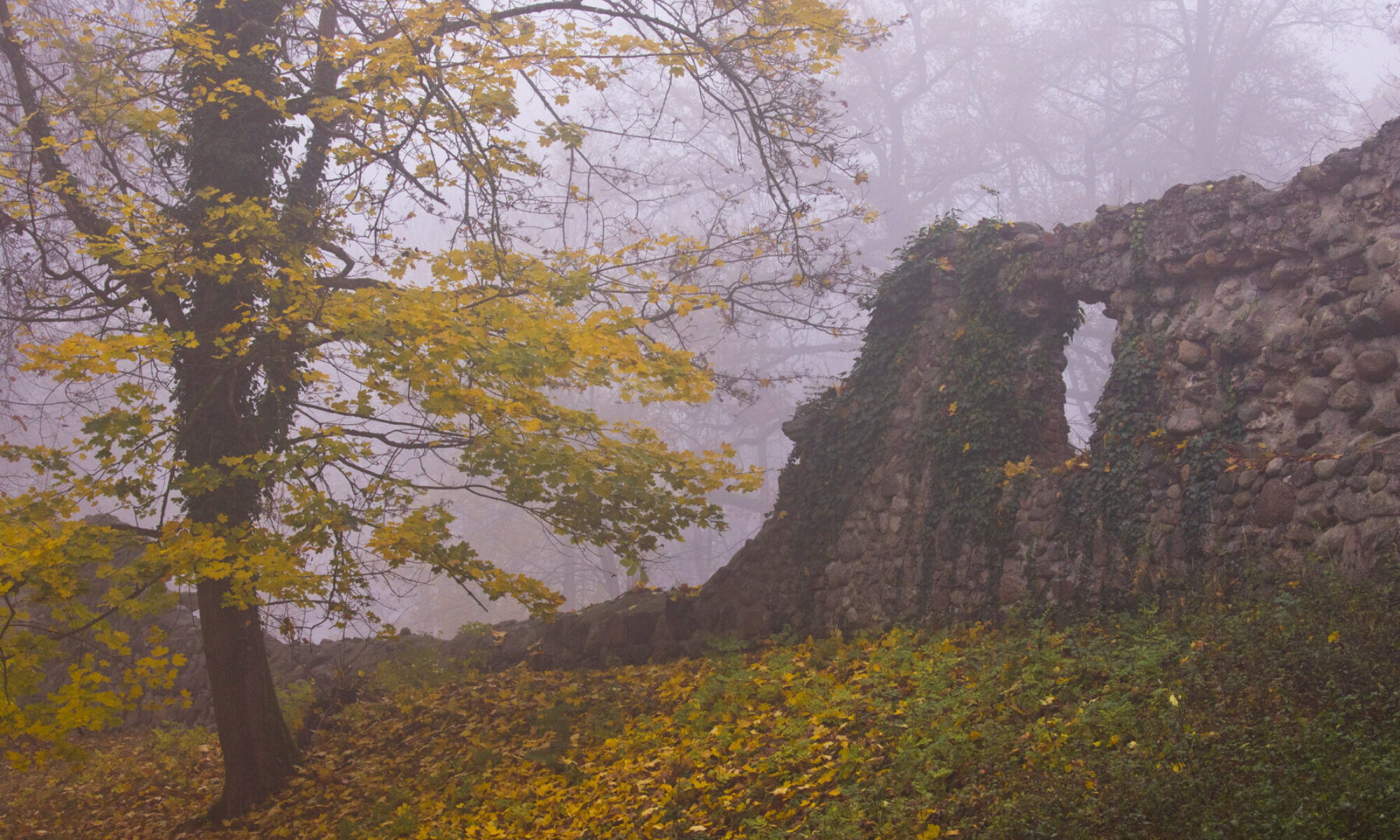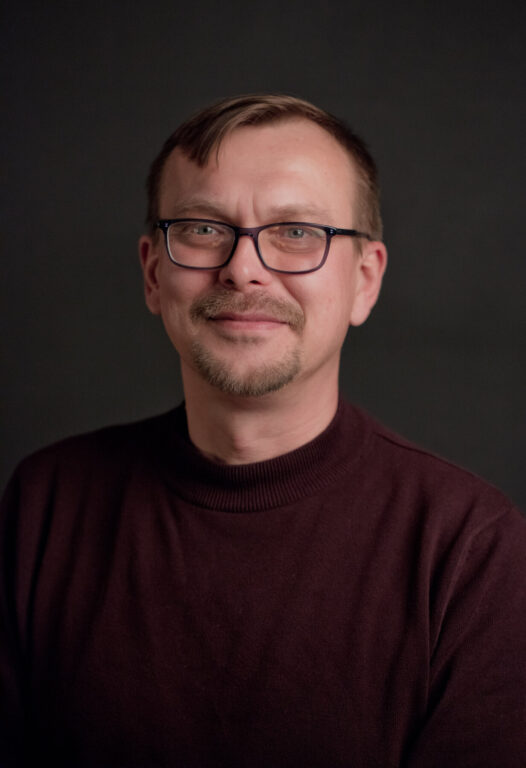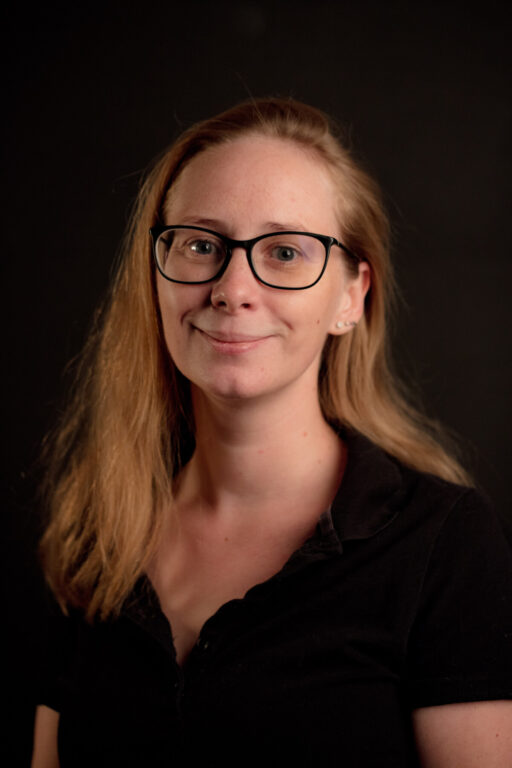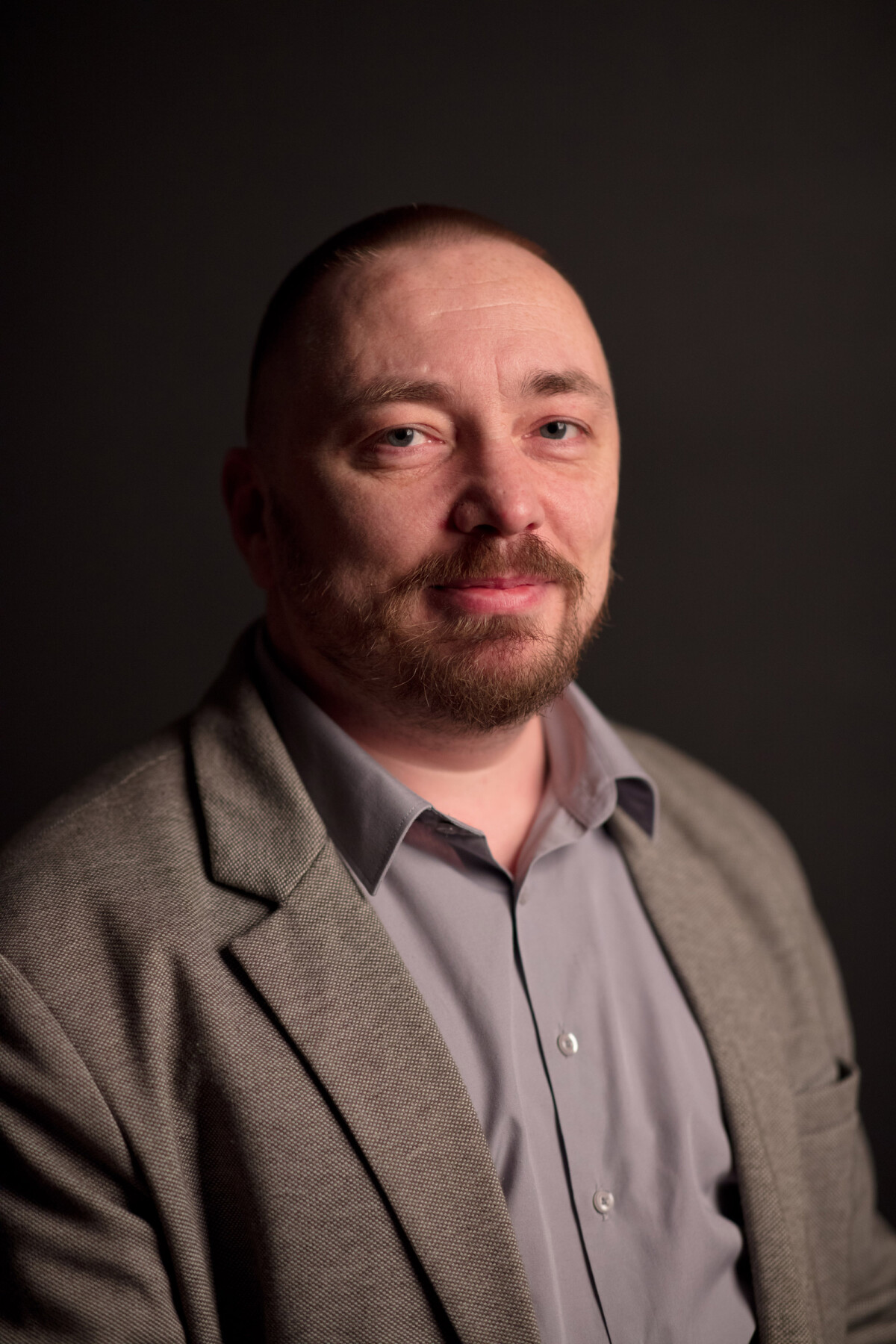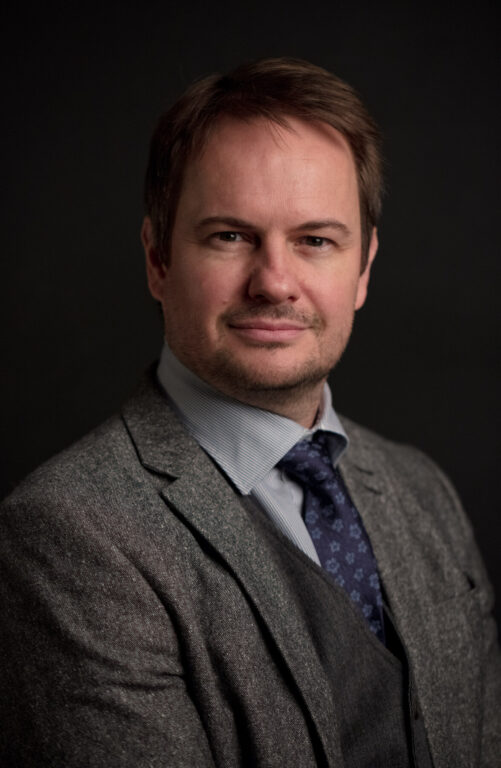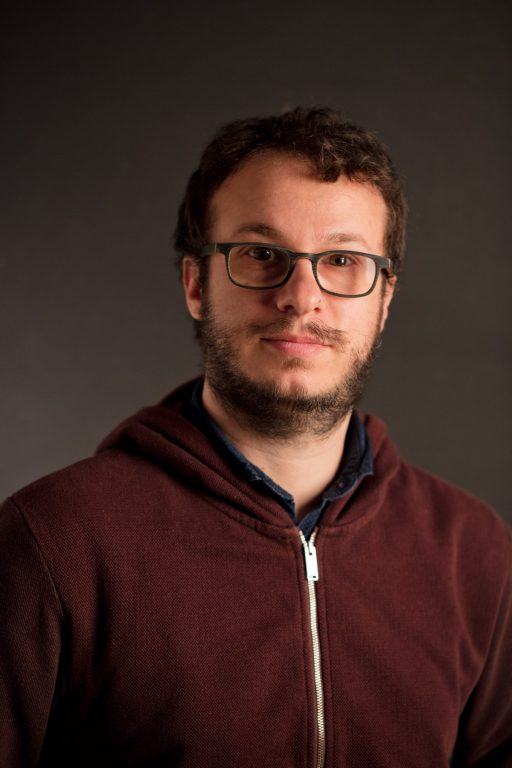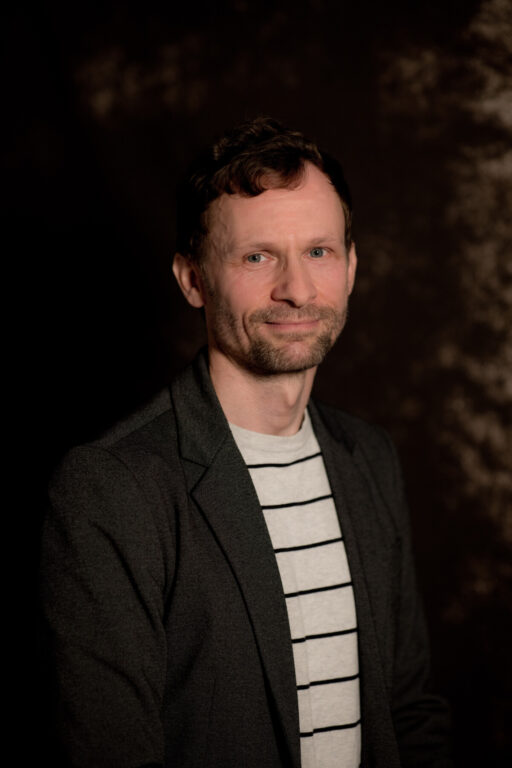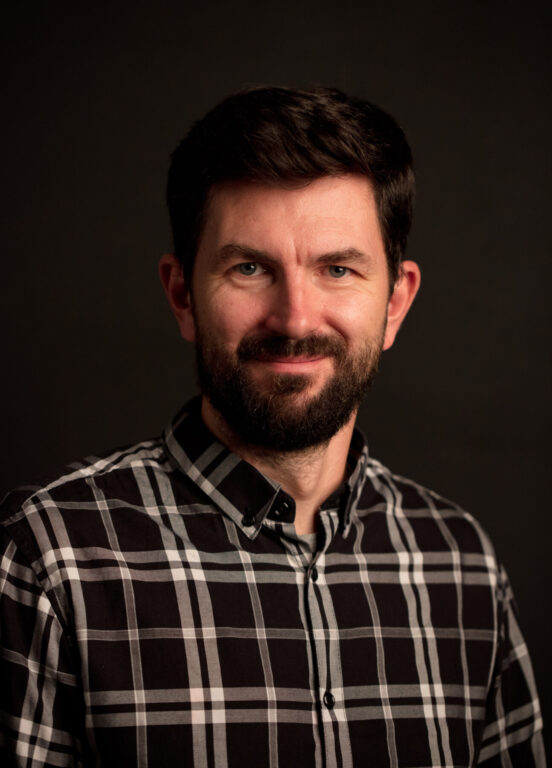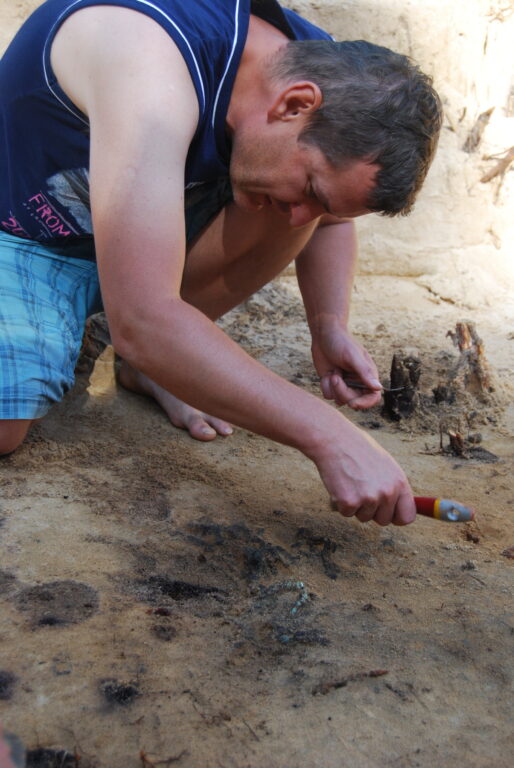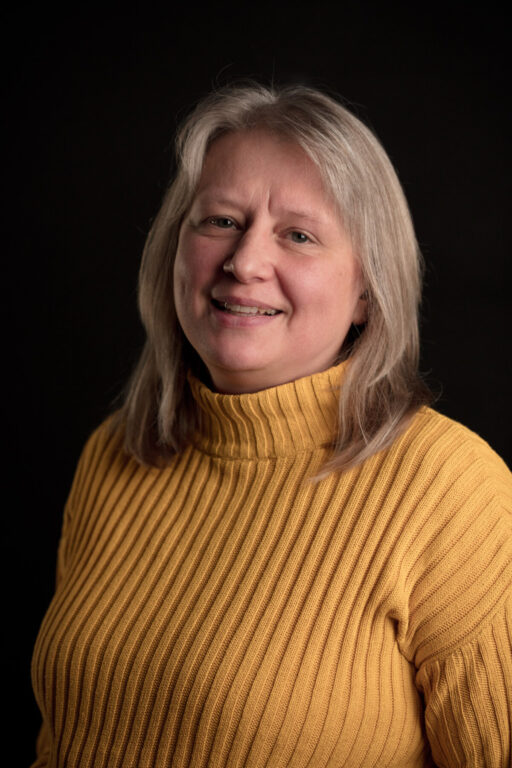
dr hab. Aldona Mueller-Bieniek, prof. ucz.
Department of Bioarchaeology
Laboratorium Archeologicznych Analiz Specjalistycznych
e-mail:
a.muellerbie@uw.edu.pl
duty hours:
Monday 11.30 pm–13.30 pm in the room 0.25, other possibilities accessible with prior arrangement by e-mail
research interests:
– archaeobotany
– environmental archaeology
– palaeodiet
bibliography: selected papers (last 5 years)
- Filipović, D., Jones, G., Kirleis, W., Bogaard, A., Ballantyne, R., Charles, M., de Vareilles, A., Ergun, M., Gkatzogia, E., Holguin, A., Hristova, I., Karathanou, A., Kapcia, M., Knežić, D., Kotzamani, G., Lathiras, P., Livarda, A., Marinova, E., Michou, S., Mosulishvili, M., Mueller-Bieniek, A., Obradović, D., Padgett, M., Paraskevopoulou, P., Petridou, C., Stylianakou, H., Zerl, T., Vidas, D., Valamoti, S.M., 2023. Triticum timopheevii s.l. (‘new glume wheat’) finds in regions of southern and eastern Europe across space and time. Veg. Hist. Archaeobotany. https://doi.org/10.1007/s00334-023-00954-w
- Mueller-Bieniek, A., Moskal-del Hoyo, M., Korczyńska-Cappenberg, M., Kapcia, M., Nowak, M., 2023. Plant macro-remains from a large middle Neolithic settlement in SE Poland – Internal diversification and possible status of the settlers. Archaeol. Sci. Rep. 49, 104016. https://doi.org/10.1016/j.jasrep.2023.104016
- Korczyńska-Cappenberg, M., Nowak, M., Mueller-Bieniek, A., Wilczyński, J., Pospuła, S., Wertz, K., Kalicki, T., Biesaga, P., Szwarczewski, P., Kapcia, M., Cappenberg, K., Wacnik, A., Hoyo, M.M., 2023. Middle Neolithic agricultural and land-use models in southern Poland: A case-study of the long-term settlement in Mozgawa. The Holocene. https://doi.org/10.1177/09596836231157065
- Mueller-Bieniek A. Cywa K. 2022. Pozostałości roślinne towarzyszące skarbom przedmiotów brązowych z Sanoka (Białej Góry) i Woli Sękowej, [w:] Blajer W., Bochnak T., Cywa K., Garbacz-Klempka A., Glinianowicz G., Jurecki P., Kotowicz P., Kuropka P., Łucejko J.J., Maciejewski M., Mueller-Bieniek A., Nowak K., Przybyła M.M., Skowron K., Ku czci bogów i ludzi. Skarby z okolic Sanoka. Studium interdyscyplinarne, Lublin-Sanok 2022, s. 141-148
- Nalepka, D., Mueller-Bieniek, A., Walanus, A., 2022. Spread of quinoa (Chenopodiaceae) pollen grains and finds of fat-hen (Chenopodium album) seeds in Kujawy in the Middle Holocene, in: Grygiel, M., Obst, P. (Eds.), Walking Among Ancient Trees. Fundacja Badań Archeologicznych Imienia Profesora Konrada Jażdżewskiego, Łódź, pp. 265–274
- Mueller-Bieniek, A., Moskal-del Hoyo, M., Wilczyński, J., Przybyła, M.M., 2022. The same spot – Two different worlds: Plant and animal remains from multiculture site at Sadowie in southern Poland. Journal of Archaeological Science Reports 45, 103608. https://doi.org/10.1016/j.jasrep.2022.103608
- Mueller-Bieniek, A., 2021. Owoce i nasiona ze stanowisk archeologicznych jako źródło wiedzy o paleośrodowisku, in: Gancarski, J. (Ed.), Zmiany środowiska i warunków klimatycznych w okresie od schyłkowego paleolitu do końca średniowiecza i ich wpływ na warunki życia człowieka w północnej części Europy Środkowej. Muzeum Podkarpackie w Krośnie, Krosno, pp. 87–120
- Mueller-Bieniek, A., 2021. Plants in the Lives of Medieval Cracovians, in: Izdebski, A., Szmytka, R. (Eds.), Krakow, an Ecobiography. University of Pittsburgh Press, pp. 68–87
- Mueller-Bieniek A., Rusishvili N., Jalabadze M., Kvavadze E., 2021. Plant remains from Berikldeebi, Georgia, 1979-1992. Bioarchaeology of the Near East 15, 77–84.
- Kontny, B., Szeliga, M., Wojenka, M., Kosiński, T., Mueller-Bieniek, A., Kot, M., 2021. A Unique Clay Rattle from Koziarnia Cave in Southern Poland. Archäol. Korresp. 51, 91–109.
- Mueller-Bieniek, A., 2020. Kraków Mogiła 53, 55 – Kopiec Wandy. Raport z badań archeobotanicznych. Mater. Archeol. Nowej Huty 23: 305–310
- Salavert, A., Zazzo, A., Martin, L., Antolín, F., Gauthier, C., Thil, F., Tombret, O., Bouby, L., Manen, C., Mineo, M., Mueller-Bieniek, A., Piqué, R., Rottoli, M., Rovira, N., Toulemonde, F., Vostrovská, I., 2020. Direct dating reveals the early history of opium poppy in western Europe. Sci. Rep. 10, 1–10. https://doi.org/10.1038/s41598-020-76924-3
- Mueller-Bieniek, A., Jarosińska, J., 2020. Neolityczne ślady użytkowania roślin w rejonie Dolnej Wierzycy i Janki na Pojezierzu Starogardzkim, in: Felczak, O. (Ed.), Wczesny i środkowy neolit na Pojezierzu Starogardzkim w świetle badań nad Dolną Wierzycą i Janką. Archaeological Museum in Gdańsk, Gdańsk, pp. 281–313. ISBN 978-83-956473-2-1
- Czajkowska, B.I., Bogaard, A., Charles, M., Jones, G., Kohler-Schneider, M., Mueller-Bieniek, A., Brown, T.A., 2020. Ancient DNA typing indicates that the “new” glume wheat of early Eurasian agriculture is a cultivated member of the Triticum timopheevii group. Journal of Archaeological Science 123, 105258. https://doi.org/10.1016/j.jas.2020.105258
- Filipović, D., Meadows, J., Corso, M.D., Kirleis, W., Alsleben, A., Akeret, Ö., Bittmann, F., Bosi, G., Ciută, B., Dreslerová, D., Effenberger, H., Gyulai, F., Heiss, A.G., Hellmund, M., Jahns, S., Jakobitsch, T., Kapcia, M., Klooß, S., Kohler-Schneider, M., Kroll, H., Makarowicz, P., Marinova, E., Märkle, T., Medović, A., Mercuri, A.M., Mueller-Bieniek, A., Nisbet, R., Pashkevich, G., Perego, R., Pokorný, P., Pospieszny, Ł., Przybyła, M., Reed, K., Rennwanz, J., Stika, H.-P., Stobbe, A., Tolar, T., Wasylikowa, K., Wiethold, J., Zerl, T., 2020. New AMS 14 C dates track the arrival and spread of broomcorn millet cultivation and agricultural change in prehistoric Europe. Scientific Reports 10, 13698. https://doi.org/10.1038/s41598-020-70495-z
- Mnich, B., Mueller-Bieniek, A., Nowak, M., Wilczyński, J., Pospuła, S., Szostek, K., 2020. Terrestrial diet in prehistoric human groups from southern Poland based on human, faunal and botanical stable isotope evidence. Journal of Archaeological Science Reports 32, 102382. https://doi.org/10.1016/j.jasrep.2020.102382
- Pyzel, J., Mueller-Bieniek, A., Moskal-del Hoyo, M.M., 2020. The first farmers on the Vistula river in the Polish lowlands, in: Gron, K.J., Sørensen, L., Rowley-Conwy, P. (Eds.), Farmers at the Frontier. A Pan-European Perspective of Neolithization. Oxbow Books, Oxford & Philadelphia, pp. 247–261
- Mueller-Bieniek, A., Pyzel, J., Kapcia, M., 2020. Chenopodium Seeds in Open-Air Archaeological Sites – How to Not Throw the Baby Out with the Bathwater. Environmental Archaeology 25, 69–81. https://doi.org/10.1080/14614103.2018.1536500
- Mueller-Bieniek, A., Nowak, M., Styring, A., Lityńska-Zając, M., Moskal-del Hoyo, M., Sojka, A., Paszko, B., Tunia, K., Bogaard, A., 2019. Spatial and temporal patterns in Neolithic and Bronze Age agriculture in Poland based on the stable carbon and nitrogen isotopic composition of cereal grains. Journal of Archaeological Science Reports. 27, 101993. https://doi.org/10.1016/j.jasrep.2019.101993
- Mueller-Bieniek, A., Bogucki, P., Pyzel, J., Kapcia, M., Moskal-del Hoyo, M., Nalepka, D., 2019. The role of Chenopodium in the subsistence economy of pioneer agriculturalists on the northern frontier of the Linear Pottery culture in Kuyavia, central Poland. Journal of Archaeological Science 111, 105027. https://doi.org/10.1016/j.jas.2019.105027
- Kapcia, M., Mueller-Bieniek, A., 2019. An insight into Bronze Age subsistence strategy in forested Carpathian foothills, based on plant macro-remains. Archaeological and Anthropological Sciences 11, 2879–2895. https://doi.org/10.1007/s12520-018-0720-9
more publications:
https://www.researchgate.net/profile/Aldona-Mueller-Bieniek
https://uw.academia.edu/AMuellerBieniek?from_navbar=true
other:
Commission on Quaternary Palaeogeography, Polish Academy of Arts and Sciences http://pau.krakow.pl/index.php/pl/struktura/wydzialy-i-komisje/wydzial-iv-przyrodniczy/komisje-przy-wydziale-iv/komisja-paleogeografii-czwartorzedu
